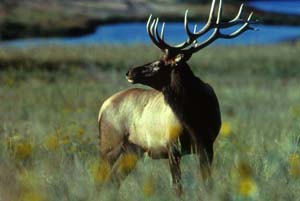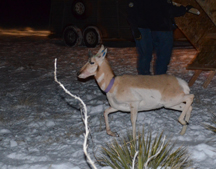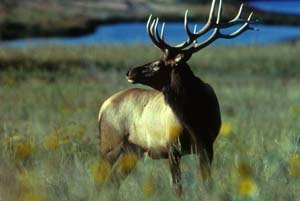Hunters have been turning up elk with deformed hooves in southwest Washington for nearly 10 years. In the past six years or so, the numbers of those reports have increased. The first reports of elk hoof deformities in Oregon were reported this summer,The Oregonian reported.
This week the Oregon Department of Fish and Wildlife announced an online reporting system to make it easier for hunters to report elk with deformed hooves, so that the department can track the deformities in northwestern Oregon. The online form also requests that the hunter take pictures of the hooves, wrap them in plastic bags and store them in a cool place for further examination later.
For many years, the cause of the elk hoof deformities was a mystery. Today the Washington Department of Fish and Wildlife believes that treponemes, spiral-shaped bacteria, likely cause the disease, according to the article in The Oregonian. Livestock have a similar disease, the article says.
Read the Oregon Department of Fish and Wildlife press release, here.
Read the August article from The Oregonian, here.

 In February, the Nebraska Game and Parks Commission collared 11 elk for a study in north-central Nebraska. There are a few more details in this
In February, the Nebraska Game and Parks Commission collared 11 elk for a study in north-central Nebraska. There are a few more details in this
